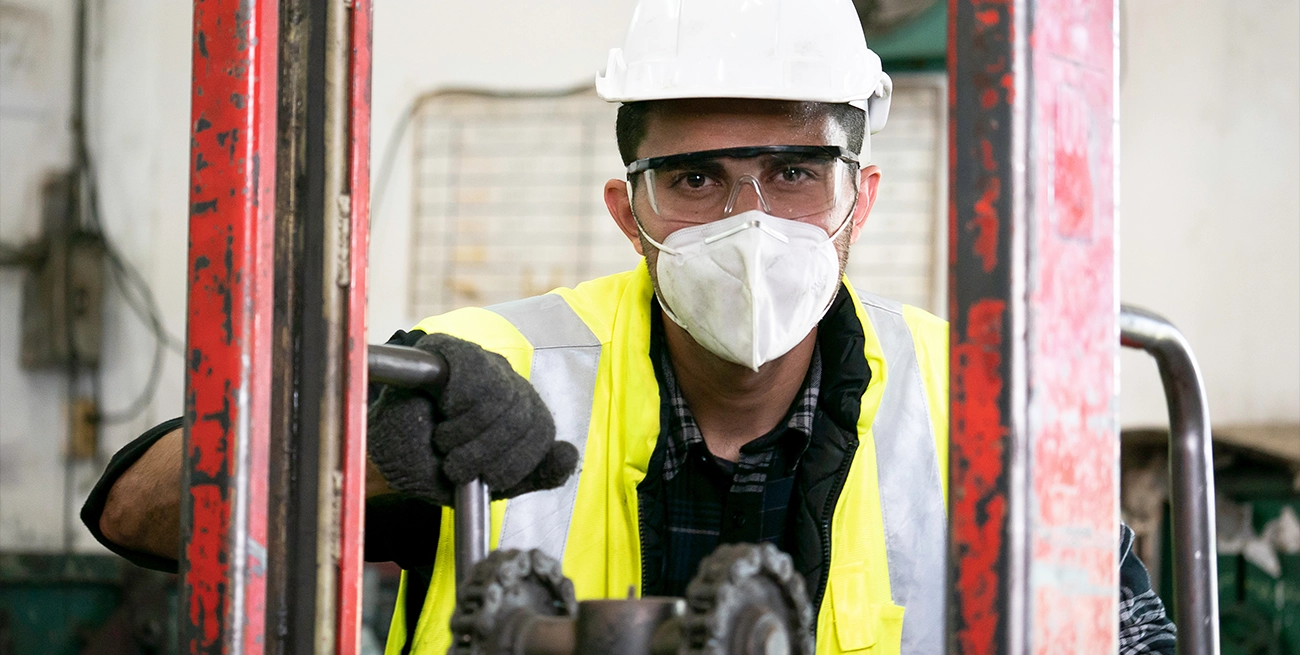Safety Gear Maintenance: Tips to Prolong the Life of PPE

Personal protective equipment (PPE) is an essential investment in workplace safety, safeguarding workers from hazards that could lead to injuries or worse. Proper maintenance of safety gear not only ensures maximum protection but also extends its lifespan, reducing costs and waste. Here’s a straightforward guide to keeping your PPE in top condition.
Understand Manufacturer Guidelines
Every piece of PPE comes with care instructions that are often overlooked. These guidelines specify cleaning methods, storage conditions, and usage limits. Following these recommendations can significantly impact the durability and effectiveness of the gear.
Key Steps:
- Refer to manuals or labels for precise cleaning instructions.
- Avoid improvised cleaning methods that could compromise materials.
- Note expiration dates for time-sensitive items like respirator filters.
Clean Gear Regularly
Dirt, sweat, and grime can degrade materials over time, particularly in high-usage environments. Neglecting to clean PPE after use not only reduces its lifespan but may also affect performance, especially for items like goggles and respirators.
Best Practices:
- Use mild detergents for fabric-based items like gloves and coveralls.
- Clean face shields and goggles with non-abrasive solutions to prevent scratches.
- Disinfect hard surfaces with products that won’t degrade plastics or coatings.
Inspect PPE Before and After Use
Wear and tear often go unnoticed until a failure occurs. Routine inspections can catch small issues like cracks, tears, or loose fittings before they become safety hazards.
What to Check:
- Hard hats: Look for dents, cracks, or discoloration, which could indicate material weakening.
- Gloves: Examine seams and surfaces for punctures or thinning.
- Harnesses: Inspect buckles, stitching, and webbing for signs of fraying or stress.
Store Equipment Properly
Improper storage is one of the leading causes of premature PPE wear. Exposure to extreme temperatures, sunlight, or moisture can degrade materials and compromise functionality.
Storage Tips:
- Keep PPE in a dry, ventilated area away from direct sunlight.
- Use designated storage racks or bins to avoid piling items, which can lead to deformation.
- Ensure chemical-resistant gear is stored away from volatile substances that may cause damage.
Follow Proper Usage Practices
Using PPE outside its intended scope can lead to accelerated wear. For instance, gloves designed for chemical resistance might not hold up to abrasive tasks.
How to Use Correctly:
- Assign specific gear for specialized tasks to prevent misuse.
- Educate workers on the limits of their equipment, particularly in harsh environments.
- Replace single-use items after every use, no exceptions.
Wash Fabric PPE With Care
Reusable fabric-based PPE, like coveralls and certain types of gloves, often require special washing procedures to retain their protective qualities. Improper laundering can strip fire-retardant coatings or weaken fabric integrity.
Washing Do’s and Don’ts:
- Use cold water to prevent shrinkage and degradation.
- Avoid bleach or harsh chemicals that can erode specialized coatings.
- Dry items naturally when possible; high heat can break down synthetic materials.
Maintain Respirators and Filters
Respirators are crucial for protecting against airborne hazards but require consistent maintenance. Filters, valves, and seals need attention to ensure reliable operation.
Maintenance Routine:
- Replace filters according to the manufacturer’s schedule or sooner if resistance increases.
- Check seals for cracks or wear that could allow air leaks.
- Clean respirator masks with appropriate solutions to prevent residue buildup.
Keep an Inventory System
Tracking PPE usage and maintenance schedules helps ensure no equipment falls through the cracks. An organized inventory system also makes it easier to identify items nearing the end of their usable life.
Implementation Tips:
- Use software or manual logs to track issue dates, inspections, and replacements.
- Assign responsibility to a specific person or team to oversee maintenance schedules.
- Regularly audit inventory to identify gaps or redundant items.
Replace Damaged PPE Immediately
No matter how small the defect, damaged PPE should never be used. Even minor issues like a hairline crack in a hard hat can compromise its ability to protect under stress.
Replacement Triggers:
- PPE that fails inspection should be tagged and removed from service.
- Follow guidelines for items with limited lifespans, like earplugs or chemical suits.
- Consider the cost of replacement as part of routine safety expenses.
Educate Workers on Care and Maintenance
Even the best-maintained PPE can fail if workers are unaware of proper care procedures. Consistent training reinforces the importance of inspections, cleaning, and appropriate use.
Training Tips:
- Incorporate hands-on demonstrations of cleaning and storage techniques.
- Update workers whenever new types of PPE or care methods are introduced.
- Encourage feedback from employees about the condition and usability of their gear.
Why Maintenance Matters
Safety gear is only as good as its condition. Proper maintenance not only extends the life of PPE but ensures it functions as intended, protecting workers from harm. With regular care, inspections, and adherence to guidelines, businesses can reduce costs, maintain compliance, and prioritize workplace safety effectively.


